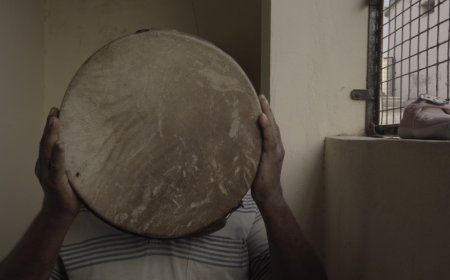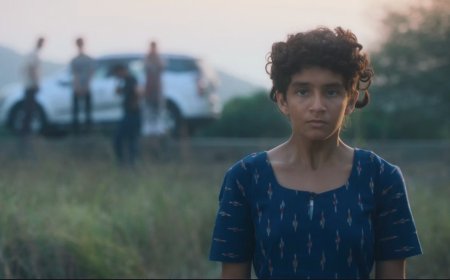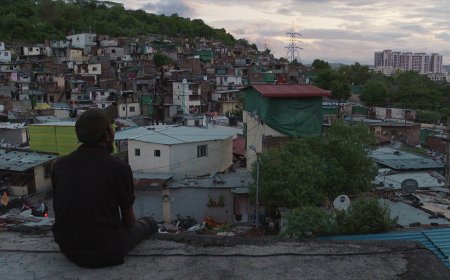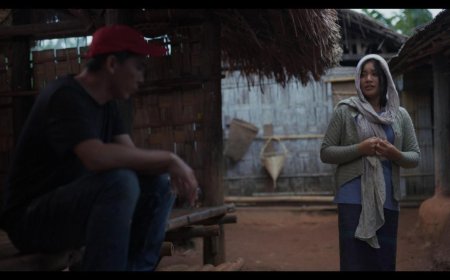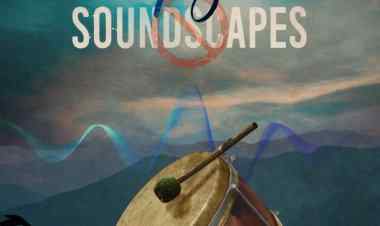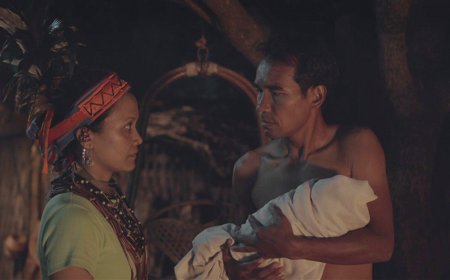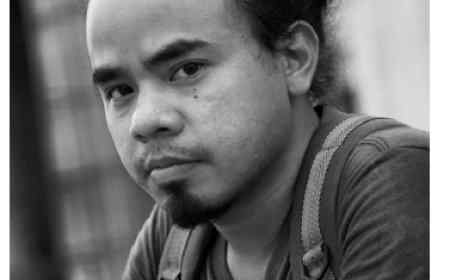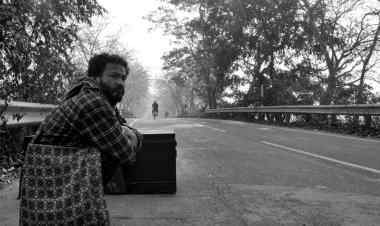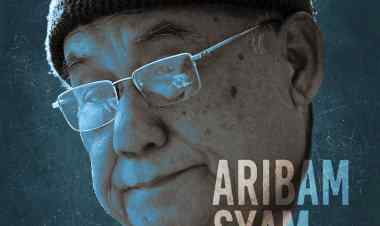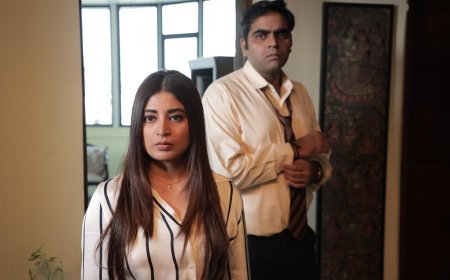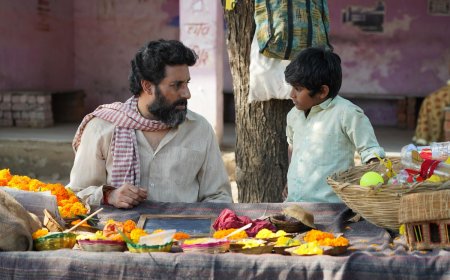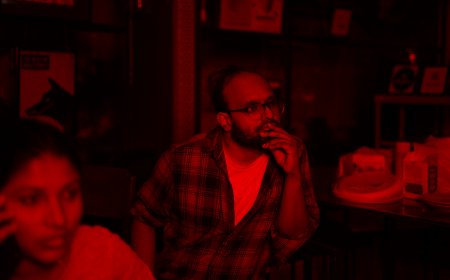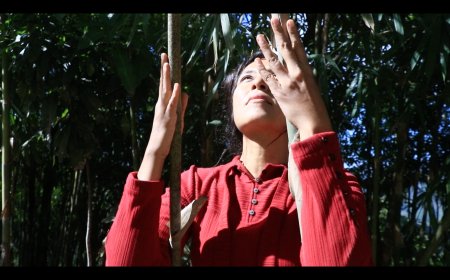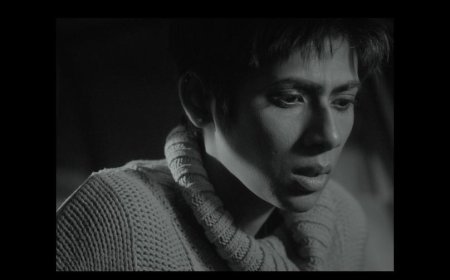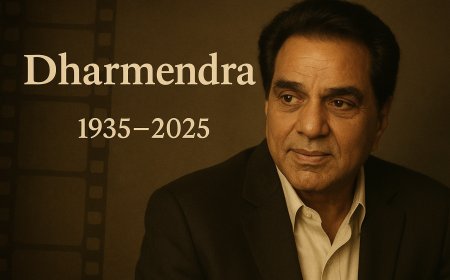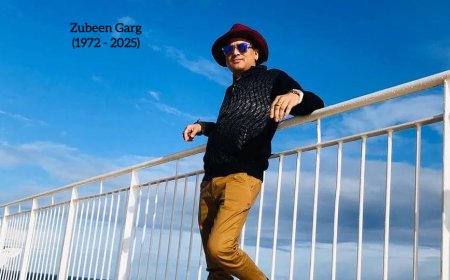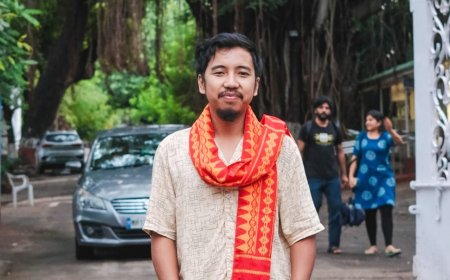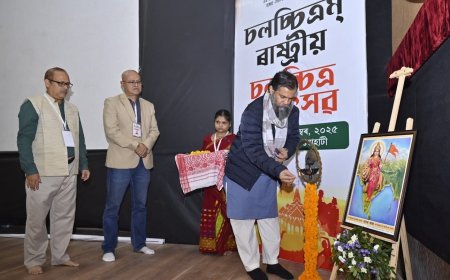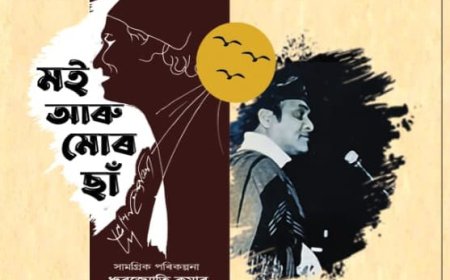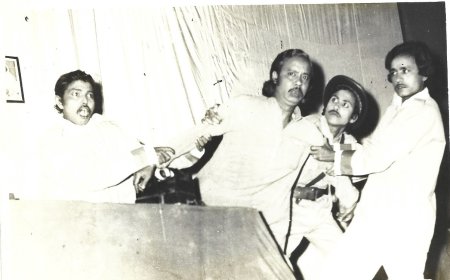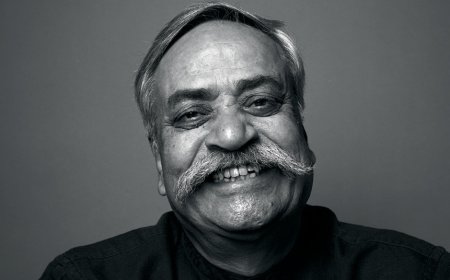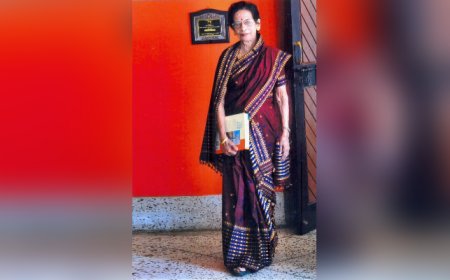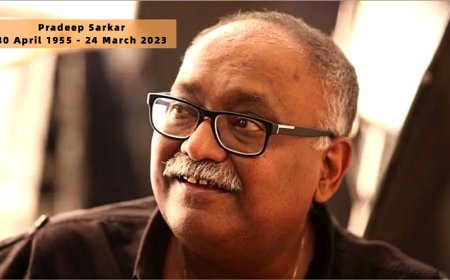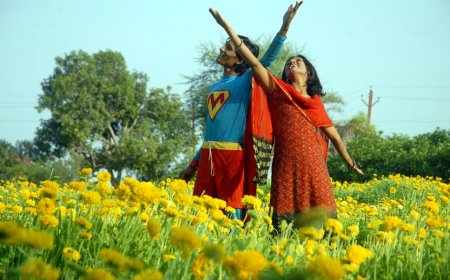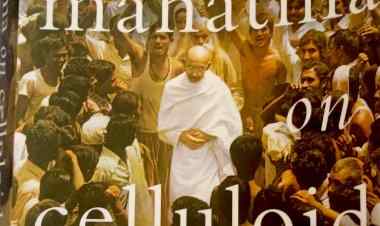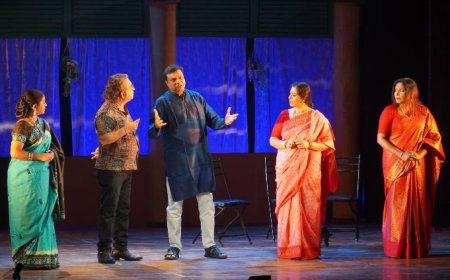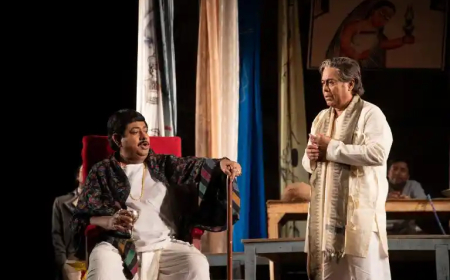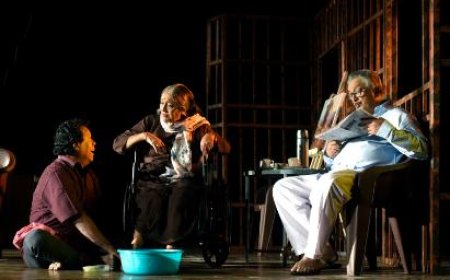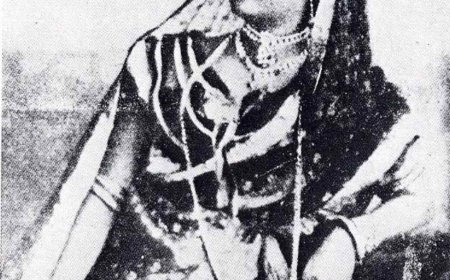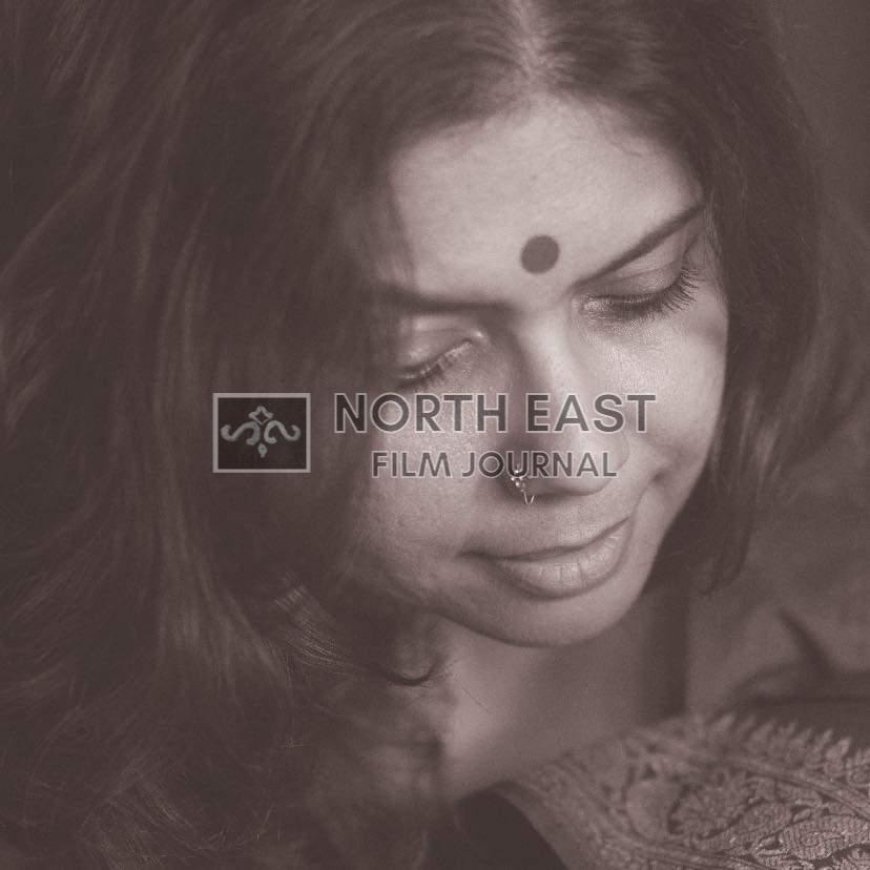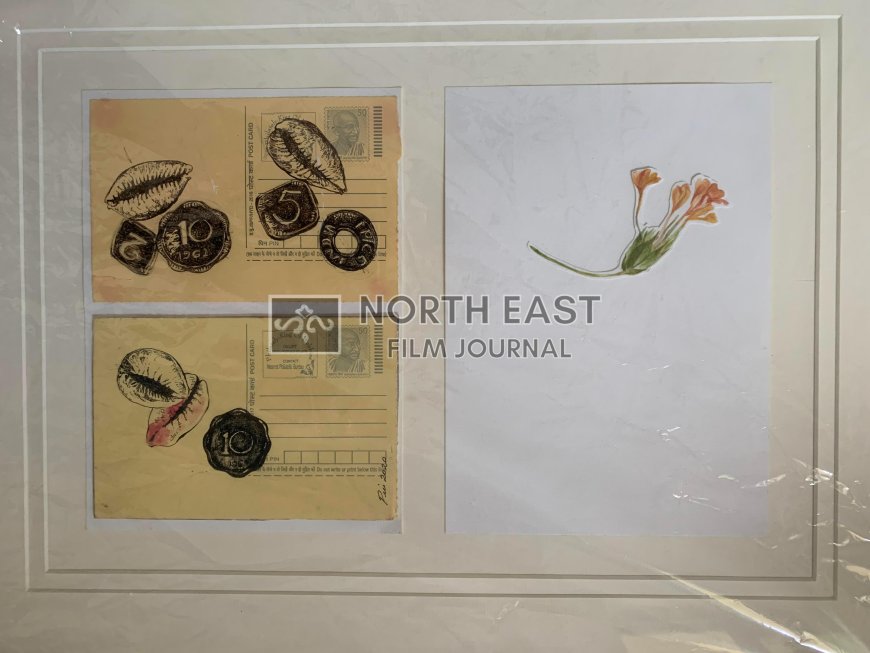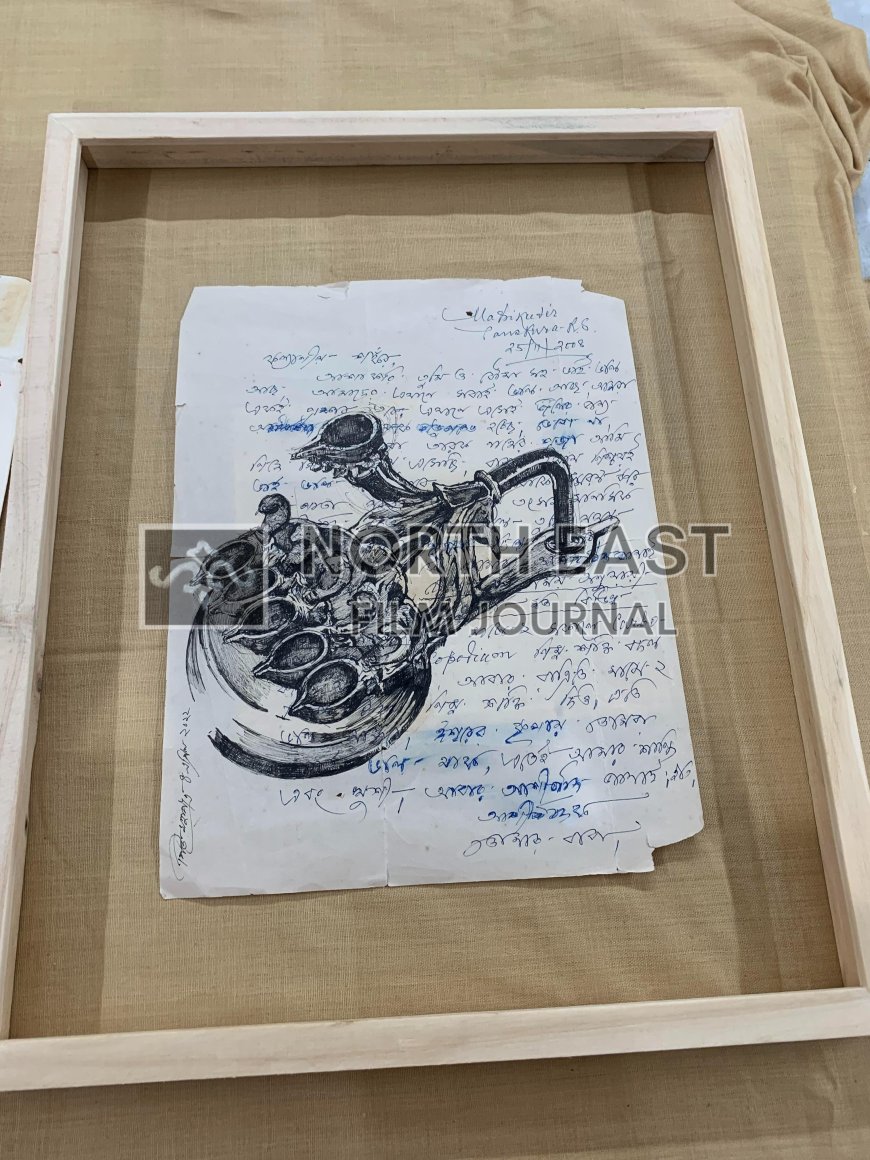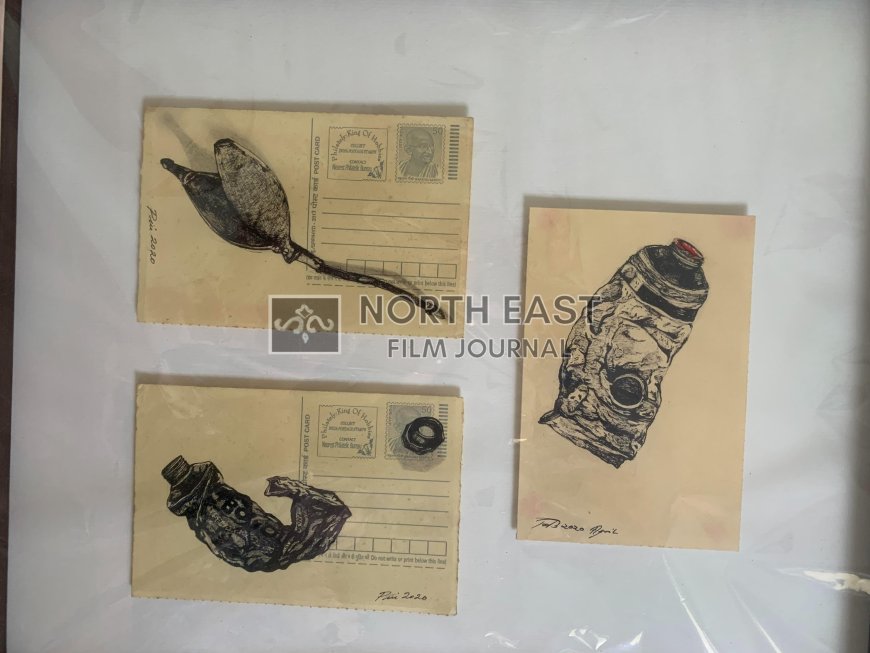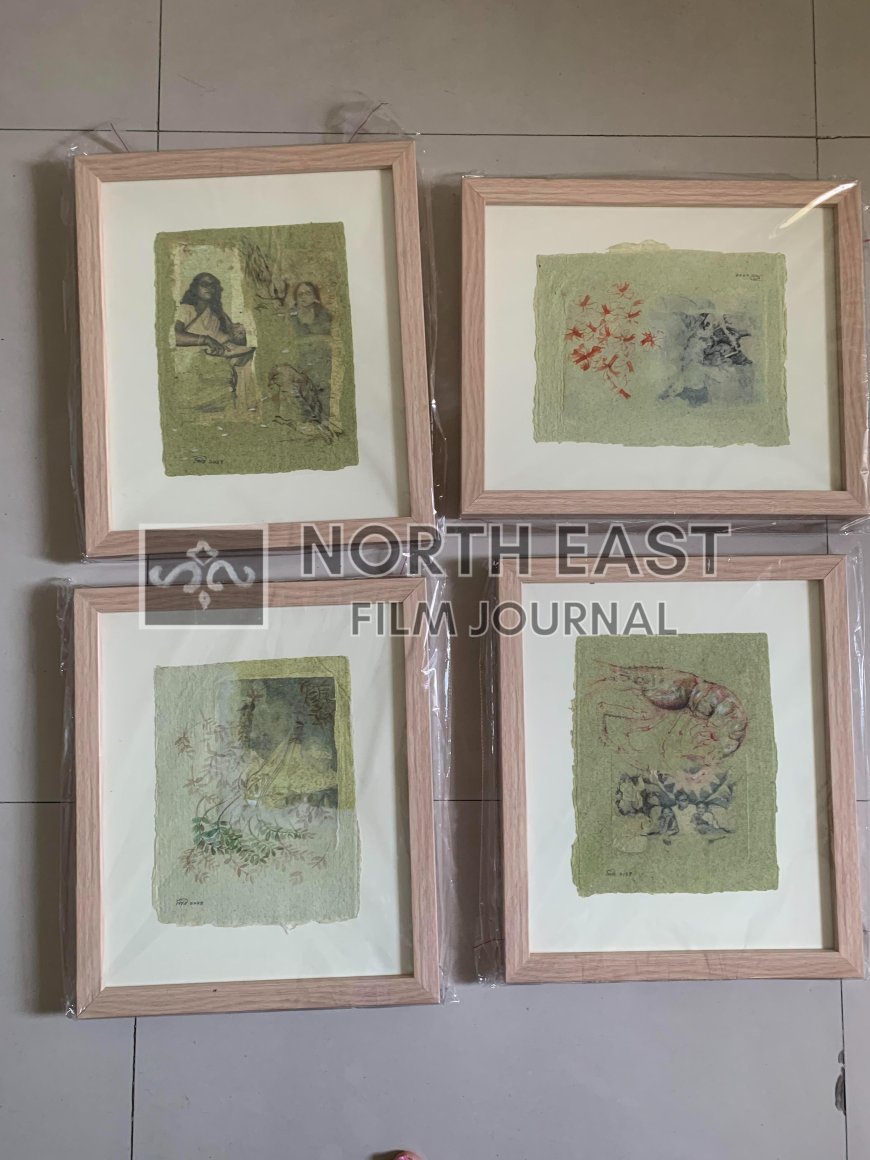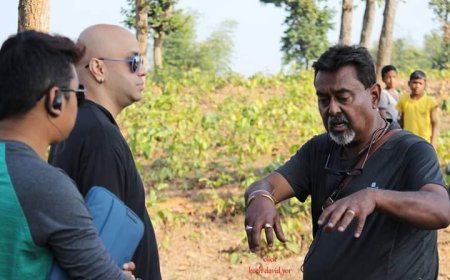Piu Mahapatra - A Painter with a Difference | Shoma A. Chatterji
Shoma A. Chatterji provides a review of a beautiful Solo Art Exhibition by Piu Mahapatra who studied art at Kala Bhavan at Visws Bharati and this was her first art exhibition in Kolkata.
I met the pretty and petite Piu Mahapatra through a common friend who was in school with Piu but the two along with others, still share the bonding they did in school. Later, they went their own professionally different ways but the friendship remains bonded, stronger than ever. While our common friend, Amitava Nag is now a noted film analyst, film scholar and author associated with a city school, Piu, who lived and taught in the US for many years, has now come home to roost and besides being a very successful teacher of fine arts, a painter, facilitator, and art consultant by profession, Piu recently held her first ever solo art exhibition at Charubasona, Gallery Chittoprasad founded by Jogen Choudhury Centre of Arts in Kolkata in the last week of August this year.
She studied fine arts at Kala Bhavan in Viswa Bharati and evolved also as a poet with a difference. She surprised me with her first collection of writings because of the sheer ‘originality of thought.’ She is also an art consultant with the publishing house Blue Pencil based in Delhi.
The exhibition was her solo work of arts executed over a period of time after she returned from the US some time ago. It was also her first ever exhibition in her hometown. Her brush and its affair with the colours she plays around with, carries strokes so soft and fragile and delicate that it appears that she touches her brushes and her colours as if she is caressing them with a love that defies definition. She mainly uses her brush with a delicacy only she is capable of as exemplified in her slightly larger format where the backdrop is no less important than the art that graces it.
For some of her works, she also prepares the background or the prop on which she actually creates her art. For example, she has painted, probably on pain and ink, a multi-tiered metal hanging lamp which is now almost an antique which she has painted with fine strokes in black and the textured white backdrop holds the lamp in relief. It is a beautiful perspective that draws out the unique originality of the artist Piu Mahapatra. The identity of the object shown metamorphoses into something quite different when placed out of context.
For example, a beautiful, black-lined drawing of a pancha-pradeep, an ancient metallic lamp is drawn finely against the backdrop of an actual, pen-written letter written to the artist’s father to the artist with his signature. It enriches the original history of this ancient brass lamp and makes it a tribute to the artist’s father and also, to the lamp as an unique, historical object of art. The two, the letter on the one hand and the lamp executed as a fine pen-and-ink drawing, are apparently not linked to each other at all. But when you watch this work of art, you are intrigued by this very link blending to create a single piece of art.
Mahapatra takes a very simple safety pin and uses as the single subject of one of her paintings. What is a safety pin? It is a very commonly used tiny object that helps tack in openings in clothing temporarily. Such as using it to replace a missing hook in someone’s blouse. It is not beautiful nor does it have any aesthetic value. But Mahapatra vests it with an identity of its own though we immediately associate it with a commonly used object of everyday usage. When placed independently against a white background, it acquires a cultural identity and value.
Another painting is of a stick of open lipstick with the red colour sticking out of its container. It stands out against its white background, often a paper created actually by Mahapatra herself. In some instances, she uses postcards as her canvas to execute a fine, delicate, fragile drawing of a twisted tube of toothpaste with the cap missing in two different postcards in two different stages of being twisted out of shape.
Mahapatra explains her work in this exhibition as follows: “My connecting thread between all the works is not always thematic but probably the medium and treatment. They are mostly drawings covering the time spanning from 2018 till the current year, 2024.” She explains the titles and the thoughts behind the series as follows:
- Series- Letter to Myself are drawings on postcards
- Series-All the lights that we can’t see is a series of drawings on personal letters and handmade papers
- পথে যেতে যেতে- Along the Road – these are mostly drawings of foliages and dry flowers collected during my afternoon walks with Sankar
- Smell and touch missing- a recreation of photo album on handmade papers . They are also personal photographs of my family.
- Culture, heritage and nostalgia- collections of drawings on paper doilies.
A few old, blurred and ageing photographs taken out of the family album are also used as a canvas by the artist. You are free to interpret or question or be intrigued by them in any which way one wishes to. The paintings of flowers, leaves and foliages are very finely etched in black or near-black, sharp nibs with dashes of colour for some blobs that may or may not be flowers in full bloom.
A milk-white paper coaster with delicately crafted borders is turned into a base for the drawing of a South Indian coffee glass with its steel base. This is a sterling example of innovation, invention and creation. The colour she uses as relief is mainly red and whether this use of red is just a blob to mark out the distinction between the reference and the context of just to add some kind of creative diversion from the artist’s core emphasis of black-on-white. To sum up, Piu Mahapatra, who does not wear any halo around her head of an exclusive artist, and unlike what we have heard about artists being social isolates, Mahapatra is an extremely social person which was evident from all her friends from different walks of life she has nurtured – from her school, from her years spent at Kala Bhavan, from her students and teachers she has trained and trained under. In other words, Piu Mahapatra is a complete woman first and an artist, also first.
*****
What's Your Reaction?







